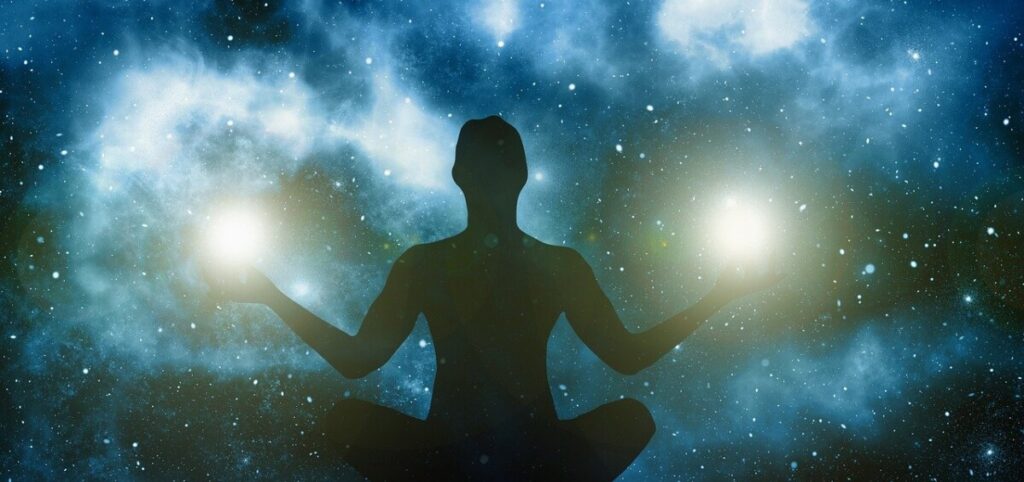Philosophy TL: ALL > Big Picture > Ideas > Philosophers > Publications
Filter To: All Ideas > Empirical > Rational > Irrational > Mind Blowing
Irrational Ideas: New ideas, the speculative, beliefs, and the disproven. From 30 Philosophers: “Irrational ideas, by definition, are considered irrationally false in a logical setting. These ideas are either inconsistent or use unverified empirical things. Some can be proven false, while others remain untestable. There are two levels of falsehood: disproven ideas are irrationally false, but untested and untestable ideas are irrationally false only in a logical setting; otherwise, they are simply irrational. While astrology is irrationally false because it has been disproved, unicorns are only irrational because you cannot prove they don’t exist.”
The Ideas Timeline: Irrational
In the ninth year of the reign of Akhenaten, he declared the traditional supreme God Aten to be the only God of Egypt with himself as the sole communicator to Aten, kind of like an early Pope. This early attempt at monotheism failed after about 20 years and Egypt returned to their traditional polytheistic religion.
About the image: Akhenaton and Nefertiti seated, holding 3 of their daughters, under the rays of the sun god Aten giving Ankh-symbols to them (Picture provided by ArchaiOptix).
Hinduism, one of the world’s oldest religions, emerged around 1100 BCE, several centuries after the Indus Valley Civilization collapsed. Hinduism has no known roots in the IVC, but it’s a topic to follow as we uncover clues. There was a several century gap from the collapse of the IVC to the rise of the early Vedic tradition, which might have adopted or been influenced by some imagery and cultural elements from the previous civilization in the area, but the writing skills were lost. Early Vedic tradition was based on oral traditions that predate the earliest known Vedic writings, which date back to around 550 BCE. The religion does not have a single founder and is a synthesis of various traditions. Today, Hinduism is centered around the Vedas, ancient sacred texts. As with all religions, it evolved through various phases, including the early Vedic period (circa 900-500 BCE) and was solidified to today’s Hinduism much later.
Creation date: 155 Trillion Years ago.
Hindu cosmology presents a cyclic model of the universe that undergoes periodic creation and destruction. Texts like the Puranas describe cycles of creation that span billions of years. According to some interpretations of Hindu scriptures, the current universe is about 155.52 trillion years old, and we are in the 51st year of the present Brahma, making it roughly 155.52 trillion years since the creation of the cosmos.
Some of my favorite Hindu sayings:
- Every day you should sit quietly and affirm, with deep conviction.
- You become that which you believe you can become.
- The entire universe is to be looked upon as the Lord.
Rationally predicted, unconfirmed: The Oort Cloud is a theoretical vast sphere of icy objects believed to surround our solar system at distances ranging from about 2,000 to 100,000 astronomical units from the Sun. Conceived by the Dutch astronomer Jan Oort in 1950, this distant cloud is thought to be the source of long-period comets that occasionally visit the inner solar system. Oort proposed this model to explain why comets appear with seemingly random and highly elongated orbits, suggesting that they originate in this remote cloud, pushed towards the Sun by gravitational interactions with passing stars or galactic tides. Though the Oort Cloud remains unseen, the behavior and trajectories of these comets provide indirect evidence supporting its existence, hinting at a reservoir of comet-like bodies that shapes our understanding of the solar system’s boundaries and early history.
Current Debate: Proposed by Ernst Öpik in 1932 as the source of long-period comets, and then revised by Jan Oort in 1950. The Oort Cloud has not been directly observed, and its existence is still a topic of debate.
Next >>
Philosophy TL: ALL > Big Picture > Ideas > Philosophers > Publications
Filter To: All Ideas > Empirical > Rational > Irrational > Mind Blowing












